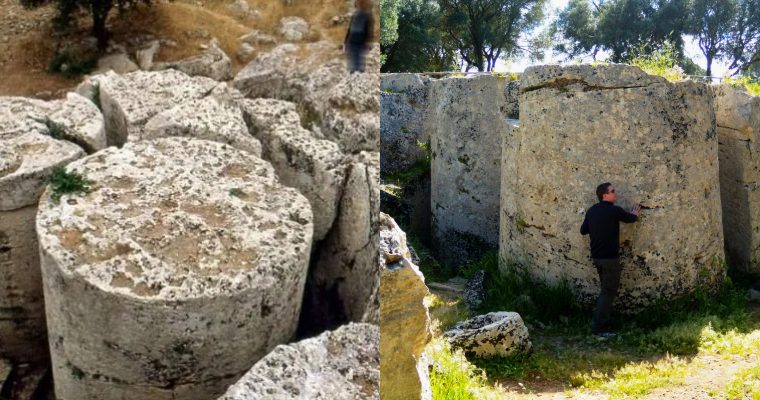Light from a Type Ia supernova explosion that created the supernova remnant SNR 0519-69.0 in the Large Magellanic Cloud, a satellite galaxy of the Milky Way visible from the southern hemisphere, reached Earth about 670 years ago, according to new research led by NASA’s Goddard Space Flight Center.

This composite image shows SNR 0519-69.0, a Type Ia supernova remnant in the Large Magellanic Cloud: X-ray data from Chandra with low, medium and high energies are shown in green, blue, and purple respectively, with some of these colors overlapping to appear white; optical data from Hubble shows the perimeter of the remnant in red and stars around the remnant in white. Image credit: NASA / CXC / GSFC / Williams et al. / STScI.
SNR 0519-69.0 is located 164,000 light-years away in both the constellations Dorado and Mensa.
Also known as CAL 26, RASS 183 and RBS 638, the object is a young remnant of Type Ia supernova.
“SNR 0519-69.0 is the debris from an explosion of a white dwarf star,” said Dr. Brian Williams of NASA’s Goddard Space Flight Center and his colleagues.
“After reaching a critical mass, either by pulling matter from a companion star or merging with another white dwarf, the star underwent a thermonuclear explosion and was destroyed.”
“Scientists use this type of supernova, called a Type Ia, for a wide range of scientific studies ranging from studies of thermonuclear explosions to measuring distances to galaxies across billions of light-years.”
In their study, the astronomers aimed to determine how long ago the star in SNR 0519-69.0 exploded and learn about the environment the supernova occurred in.
They analyzed data from NASA’s Chandra X-ray Observatory, the NASA/ESA Hubble Space Telescope and NASA’s retired Spitzer Space telescope.
The data provided the scientists a chance to ‘rewind’ the movie of the stellar evolution that has played out since and figure out when it got started.
The researchers compared Hubble images from 2010, 2011, and 2020 to measure the speeds of material in the blast wave from the explosion, which range from about 6.1 to 8.9 million km per hour (3.8-5.5 million mph).
If the speed was toward the upper end of those estimated speeds, they determined that light from the explosion would have reached Earth about 670 years ago, or during the Hundred Years’ War between England and France and the height of the Ming dynasty in China.
However, it’s likely that the material has slowed down since the initial explosion and that the explosion happened more recently than 670 years ago.
The Chandra and Spitzer data provide clues that this is the case.
The authors found the brightest regions in X-rays of the remnant are where the slowest-moving material is located, and no X-ray emission is associated with the fastest-moving material.
These results imply that some of the blast wave has crashed into dense gas around the remnant, causing it to slow down as it traveled.
“Young remnants like this should be continuously monitored,” they said.
source: sci.news








